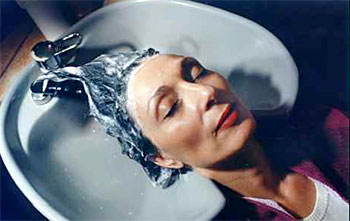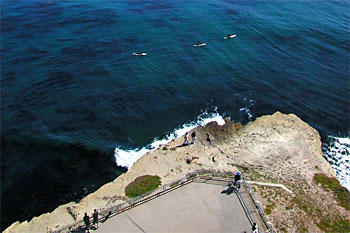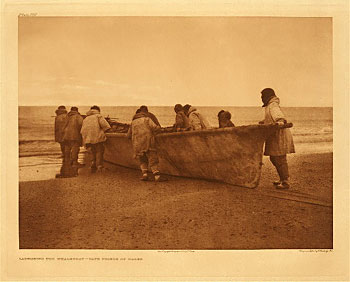| Photography
This is a site linked to by Bostick and Sullivan. They have a great bookstore of books on photography as well as gallerys with *many* excellent images to look at.
Photo-eye
----------
One of the books that caught my eye at Photo-eye was by Elinor Carruci — I checked out her site. Some great images. Unfortunately a flash site but worth the effort even if it all doesn't work.
Elinor Carruci

[read more]
----------
Kite Aerial Photography, Introduction and Equipment

I've been interested in photography for as long as I can remember, and Kite Aerial Photography (KAP) seemed like a natural progression. At least it did after my friend, Thomas Dewez, convinced me that it isn't completely ridiculous to suspend an $800 camera from a kite. Thomas introduced me to Cris Benton's spectacular KAP website, and the bug was planted. After looking at Cris's galleries, I knew I had to do this! So, I spent a few months researching equipment, technique, etc., and met with Cris in Berkeley for an overview. Cris was nice enough to let us watch over his shoulder as he introduced us to flying a kite with a camera attached. I haven't flown a kite since I was a kid, but I'm learning as I go...
[read more]
thanks to consumptive.org
----------
Edward S. Curtis's
The North American Indian

[read more]
Another amazing Library of Congress site. Wonderful pictures but read the section Edward S. Curtis in Context
Who was Edward Curtis, and what did he hope to achieve by publishing the twenty volume set, The North American Indian? What was his background, and what were the cultural influences affecting his understanding of the various tribes he sought to document? How was he viewed by his contemporaries in academia, government, and the public? How has the reputation of his work fared in the seventy years since completion of his work? How has he been viewed by Indians then and today? Developed in consultation with an Advisory Board of educators and researchers in American Indian culture, the resources provided in this Special Presentation can help to answer these questions. While consulting online reproductions of the images and captions themselves, the user can look up facts on a Curtis timeline and view a map depicting locations of the various tribal groups when they were photographed by Curtis. Accompanying essays discuss how Curtis worked, what his work has meant to Native peoples of North America, and how he promoted the view dominant in the early twentieth century, that American Indians were becoming a "vanishing race."
[read more]
thanks to BookNotes
|

